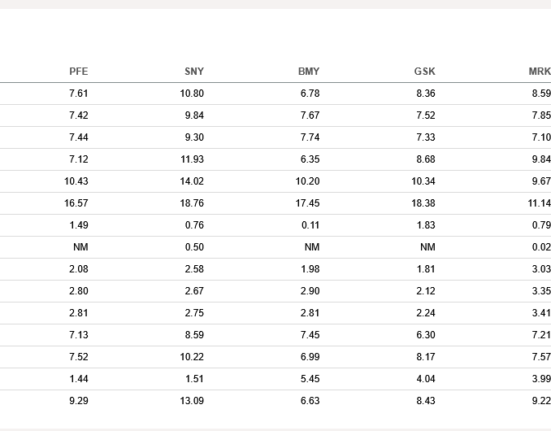When looking at the pre-report estimates from a survey of analysts polled prior to the report, the expectation was for the market hog inventory to be about 1% larger than the prior quarter (75.8 million hogs) and the same as March 2024 when the number was at 74.6 million head, according to the National Pork Producers Council. Instead, the report suggests that market hog inventories are 0.5% smaller than last quarter and 0.2% smaller than one year ago.
“With more than a 1% difference between the average pre-report estimate and the actual report result, this can be considered a surprise,” the NPPC noted.
In terms of pork production, the highest levels of production are usually in the fall and winter while the lowest levels typically occur in the summer, the NPPC said. This is the result of seasonal factors on hog production, such as weather and disease pressure, with pigs born in the summer coming to market in the winter, and pigs born in winter coming to market in the summer.
Looking ahead to summer, pork producers have noted that domestic demand has recovered somewhat over the past year after a significant pullback in 2023, but it is still not as strong as 2021 and 2022, the pork association noted.
“Heading into the summer, domestic demand for pork will be driven by factors such as the consumer preferences and financial health of U.S. consumers, as well as the price and availability of other proteins at retail and foodservice,” the NPPC said.
Other key findings in the report were:
- Of the 74.5 million hogs and pigs, 68.5 million were market hogs, while 5.98 million were kept for breeding.
- Between December 2024 and February 2025, 33.7 million pigs were weaned on U.S. farms, down slightly from the same time period one year earlier.
- From December 2024 through February 2025, U.S. hog and pig producers weaned an average of 11.65 pigs per litter.
- U.S. hog producers intend to have 2.91 million sows farrow between March and May 2025, and 2.96 million sows farrow between June and August 2025.
- Iowa hog producers accounted for the largest inventory among the states, at 24.3 million head. Minnesota had the second largest inventory at 9.2 million head. North Carolina was third with 8.1 million head. Other noteworthy High Plains states in terms of hog inventory were Kansas, 1.95 million head; Missouri, 3.4 million; Nebraska, 3.55 million; Oklahoma, 2.09 million; South Dakota, 2.23 million; and Texas, 1.17 million.
Pork producers will continue to be looking at their budgets, the NPPC said. Producers experienced severe losses in 2023 and a roughly breakeven year in 2024 was expected based on estimates from Iowa State University.
“With higher prices and lower costs to start 2025, pork producers are in a stronger place than last year at this time, but there is significant uncertainty and volatility to consider in today’s environment,” the NPPC said, noting producers are watching feed costs.
Early USDA forecasts for the 2025-26 crop year suggest increased production of corn and soybean meal, but only slightly lower corn prices, the NPPC said.
While feed costs have declined in recent years, nonfeed costs are up 44% since 2021, according to Iowa State University’s Estimated Livestock Returns, keeping breakeven price levels about 30% higher than their pre-2021 average, the pork group said.
The NPPC has also advocated for the importance of export markets that is crucial to the success of pork farmers, it too is watching tariffs policies that have been proposed by the Trump administration. In 2024, the U.S. exported more than $8.6 billion worth of pork to more than 100 countries. Mexico and Canada, as well as Asian and western hemisphere nations are key trading partners for U.S. pork producers with long-standing relationships fostered by trade agreements.
To obtain an accurate measurement of the U.S. swine industry, NASS surveyed 4,455 operators across the nation during the first half of March.
Dave Bergmeier can be reached at 620-227-1822 or [email protected].







